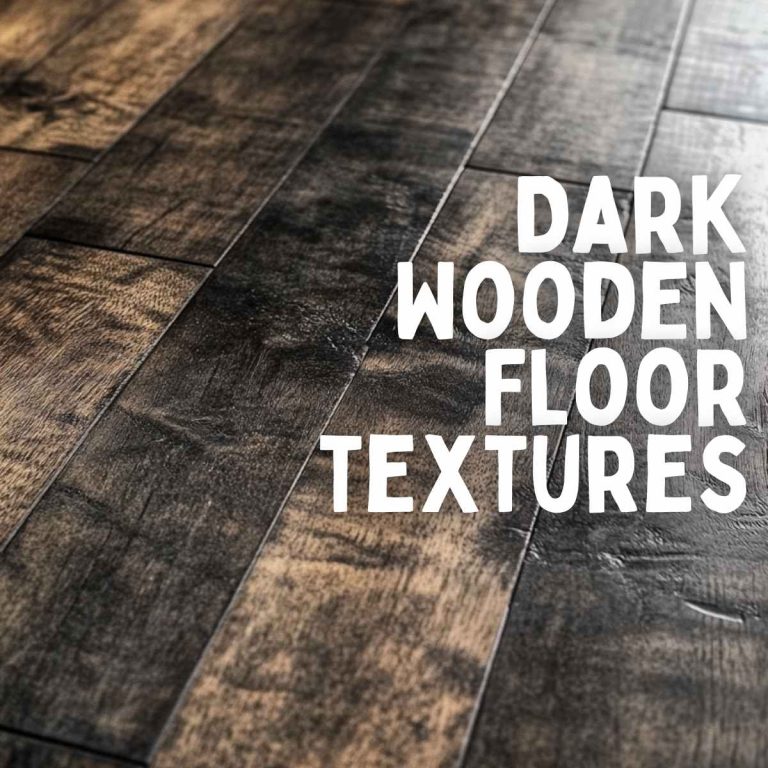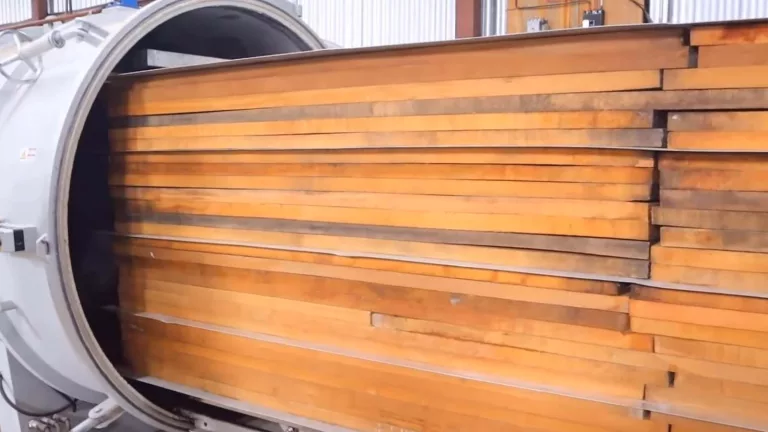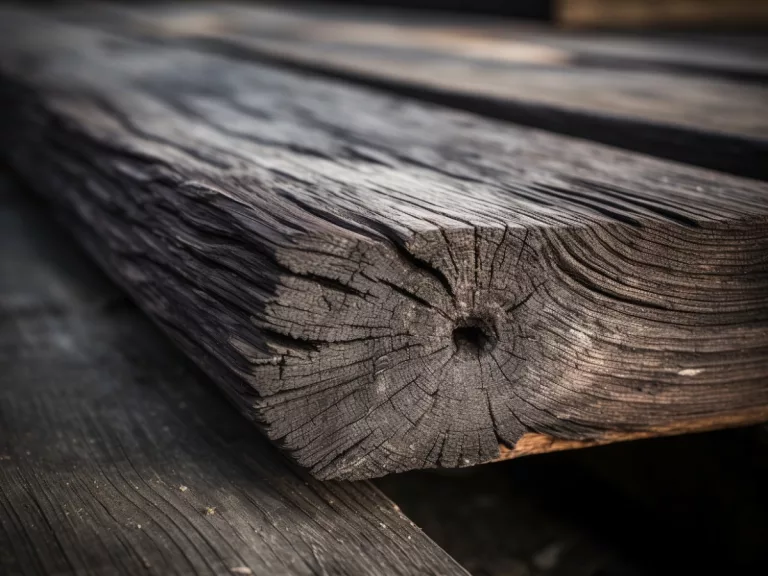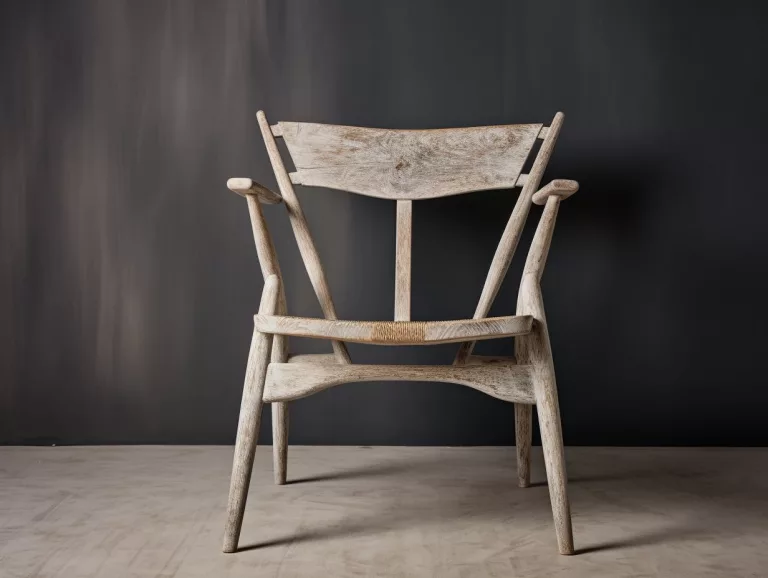White Oak Elegance: The Ultimate Guide to Use White Oak for Outdoor Furniture
In the pantheon of hardwoods, white oak reigns supreme for outdoor furnishings. Revered for its robust durability and classic beauty, this has a storied legacy in shipbuilding and fine architecture, making it the material of choice for those who seek longevity and style in their outdoor spaces.
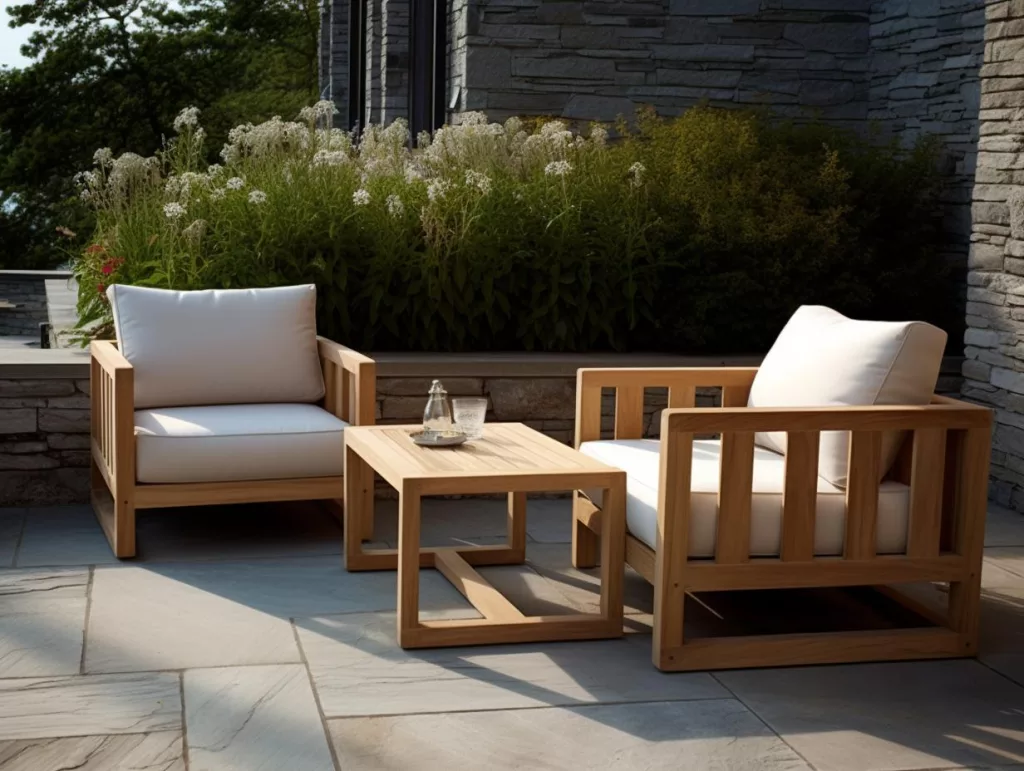
Unique Qualities
The secret to white oak’s enduring nature lies in its remarkable cellular structure. Dense and resilient, it stands as a testament to nature’s ability to produce materials that withstand the test of time and elements. It is only for these very specific reasons that people consider oak wood for outdoor use.
Weather Resistance
- Tannins, inherent in it, serve as a natural defense, deterring decay, pests, and rot.
- The high density of white oak fortifies its structural integrity against warping and cracking.
- Its complex grain patterns are not just aesthetically pleasing but also enhance its durability.
- Outdoor furniture crafted from this wood is designed to endure through the seasons, maintaining both form and function.
Environmental Benefits
- Choosing this wood for outdoor furniture supports eco-friendly practices and sustainable harvesting.
- Sustainable harvesting helps ensure its availability for future generations, demonstrating environmental stewardship.
- Its use in furniture design marries sustainability with style, for outdoor living spaces that are both eco-responsible and visually appealing.
Selecting the Best White Oak for Outdoor Furniture
Choosing the right species for your outdoor furniture is akin to selecting a fine wine; it requires knowledge, attention to detail, and an appreciation for quality.
Wood Grading
Understanding the grading system for white oak can be your compass in navigating the vast forest of options. Look for uniformity in color and grain, minimal knots, and a straight grain pattern. These are signs of premium-grade white oak, which not only ensure a stunning appearance but also promise longevity.

Sourcing Tips
To source the finest white oak, one must venture beyond the beaten path. Seek out suppliers known for sustainable practices and who are willing to provide the provenance of their lumber. A reputable supplier will be transparent about their sourcing and happy to share details about the origin and handling of their wood.
In my own quest for the perfect white oak, I found that working closely with a local sawmill yielded the best results. They took me through their process, from selecting the right trees to the milling, which allowed me to handpick the slabs that met my exacting standards. This partnership not only gave me access to top-grade lumber but also ensured that the wood’s journey from forest to workshop was responsible and sustainable. The outdoor dining set crafted from this wood was a testament to the quality of the material, withstanding seasons of use while aging gracefully, much like that fine wine we all savor.
Style Meets Functionality
White oak brings a versatility that is unmatched, allowing it to slip seamlessly into any design aesthetic, from rustic to contemporary.
Aesthetic Versatility
Whether it’s the centerpiece of a minimalist urban balcony or the rustic charm in a country garden, this wood adapts. Its ability to take on various finishes and stains means it can embody any style vision.
Crafting for Longevity
The true testament to its superiority is found in the heirloom pieces that grace outdoor spaces for generations. Iconic designs, from Adirondack chairs to elegant dining sets, all share the common thread of white oak’s enduring nature.
Finishing White Oak for Outdoor Use
The final step in ensuring your white oak furniture stands the test of time is the finish.
Preparation for Finishing
A meticulous sanding process is the foundation for any great finish. Start with a coarse grit and work your way to a fine grit to create a smooth surface that’s ready to accept the finish.
Choosing the Right Finish for Weather Resistance and Aesthetics
The debate between oils, sealants, and varnishes is settled by your desired aesthetic and the level of protection needed. Oils penetrate deeply, offering a natural look, while varnishes create a protective film that showcases the wood’s beauty.

Application Techniques for a Professional Finish
Applying the finish requires a steady hand and an eye for detail. Use long, even strokes, and work with the grain. The key is to build up the finish in thin layers, allowing ample drying time between applications, ensuring a finish that is as durable as it is beautiful.
Maintenance and Care
Ensuring that your white oak furniture remains a fixture of your outdoor space for years to come is a matter of regular maintenance and care, tailored to the rhythms of the seasons.
Seasonal Maintenance Routines
- Seasonal care for white oak furniture varies: spring requires cleaning off pollen and debris.
- Summer maintenance focuses on checking for and addressing moisture-related issues.
- Autumn is the time for a thorough inspection and touch-ups in preparation for winter.
- Winter care may include storing away cushions and applying a protective oil to shield against cold and moisture.
Repair and Restoration Tips
Even the sturdiest white oak pieces can fall victim to time and wear. When scratches or weathering occur, a light sanding followed by the application of a matching finish can rejuvenate the wood. For more significant issues, consulting with a woodworking expert can ensure that repairs maintain the integrity and beauty of the furniture.
Real-Life Examples
The proof of white oak’s merit is evident in its performance in outdoor settings across the globe, from the sun-drenched terraces of California to the snow-laden gardens of New England.
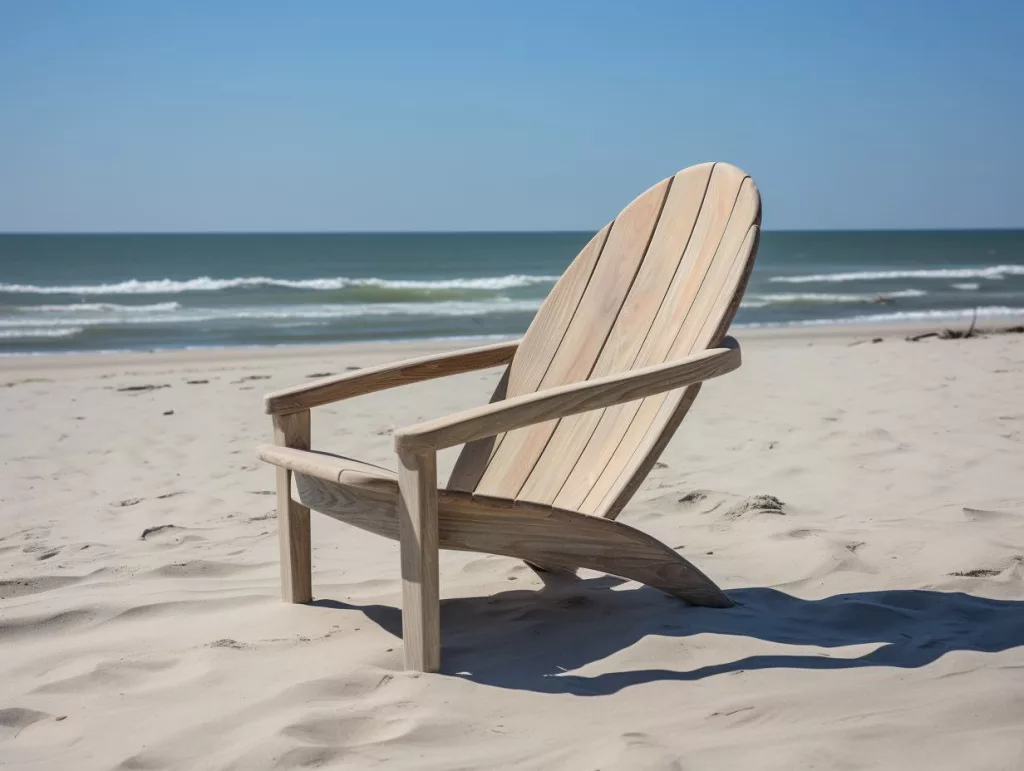
- In coastal regions, white oak outdoor furniture resists the corrosive salt air, while in humid climates, it stands strong against moisture and rot, a testament to its versatility and strength.
- In the arid desert climates, its density prevents it from drying out and cracking under the intense sun.
- In mountainous regions with heavy snowfall, it withstands the weight and wetness without warping.
- In tropical areas, where torrential rains are common, white oak’s tannin-rich composition repels water, preventing swelling and mold growth.
- In urban settings with pollution and fluctuating temperatures, this wood maintains its integrity without succumbing to environmental stressors.
- Near rivers or lakes where humidity and insects are prevalent, white oak’s natural oils repel pests and minimize moisture absorption.
Here’s an interesting video on an outdoor table being made from white oak. You can watch the video from the link given or you can watch it here directly.
Conclusion
Choosing white oak for your outdoor furniture is not merely a purchase; it’s an investment in enduring quality. The benefits — from its robustness to its classic beauty — make it an intelligent choice for any outdoor setting.
In making this choice, we also embrace sustainability. By opting for this particular wood, we support responsible forestry practices and ensure that our enjoyment of the outdoors does not come at the expense of the environment.
Related Reads
- Difference between red oak and white oak furniture
- Why is oak preferred for furniture?
- Red oak vs white oak wood
- Unfinished oak things
- White washed oak furnishings
- Furniture made of quarter sawn oak
FAQs
Is white oak good for outdoor furniture?
Yes, white oak is excellent for outdoor furniture due to its durability and resistance to decay.
Can white oak wood be used outside?
Absolutely, white oak is well-suited for outdoor use because of its natural weather-resistant properties.
How weatherproof is white oak?
White oak is highly weatherproof, withstanding various climates thanks to its density and high tannin content.
Can oak be used for outdoor furniture?
Yes, especially white oak, which is preferred for its strength and resistance to outdoor elements.
Can White Oak Really Withstand All Weather Conditions?
Experts affirm that white oak’s natural composition makes it remarkably resilient to a wide range of weather conditions. Its dense cellular structure and high tannin content provide inherent resistance to moisture and decay, making it a stalwart choice for any climate.
How Does White Oak Compare to Other Outdoor Woods?
When pitted against other popular outdoor woods, white oak stands out for its balance of hardness, durability, and aesthetic versatility. While woods like teak and cedar are also favored for outdoor use, white oak often prevails in temperate climates due to its superior strength and longevity.
What is The Cost-Benefit Analysis of Investing in White Oak Furniture?
The initial investment in white oak furniture is offset by its longevity and minimal maintenance costs. Over time, white oak proves economical, outlasting less durable woods that require frequent replacement or repair.

